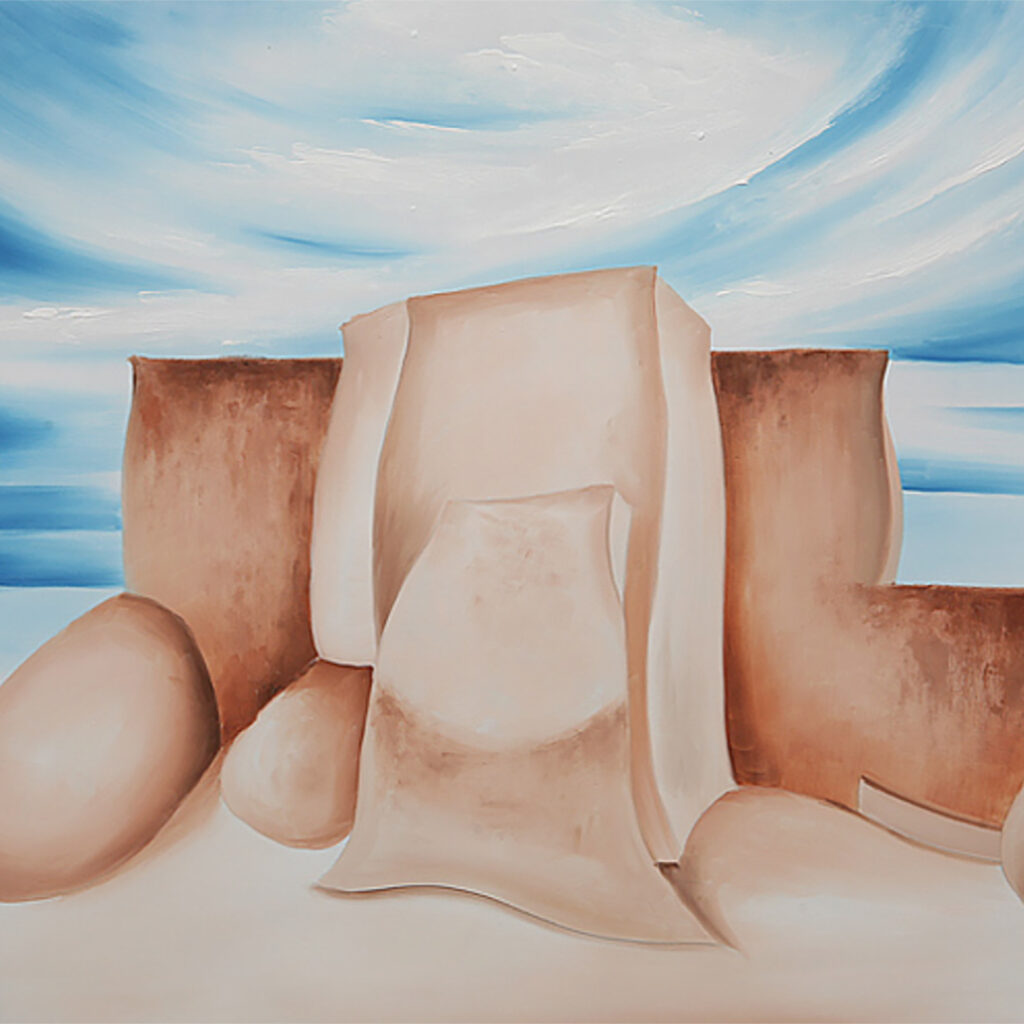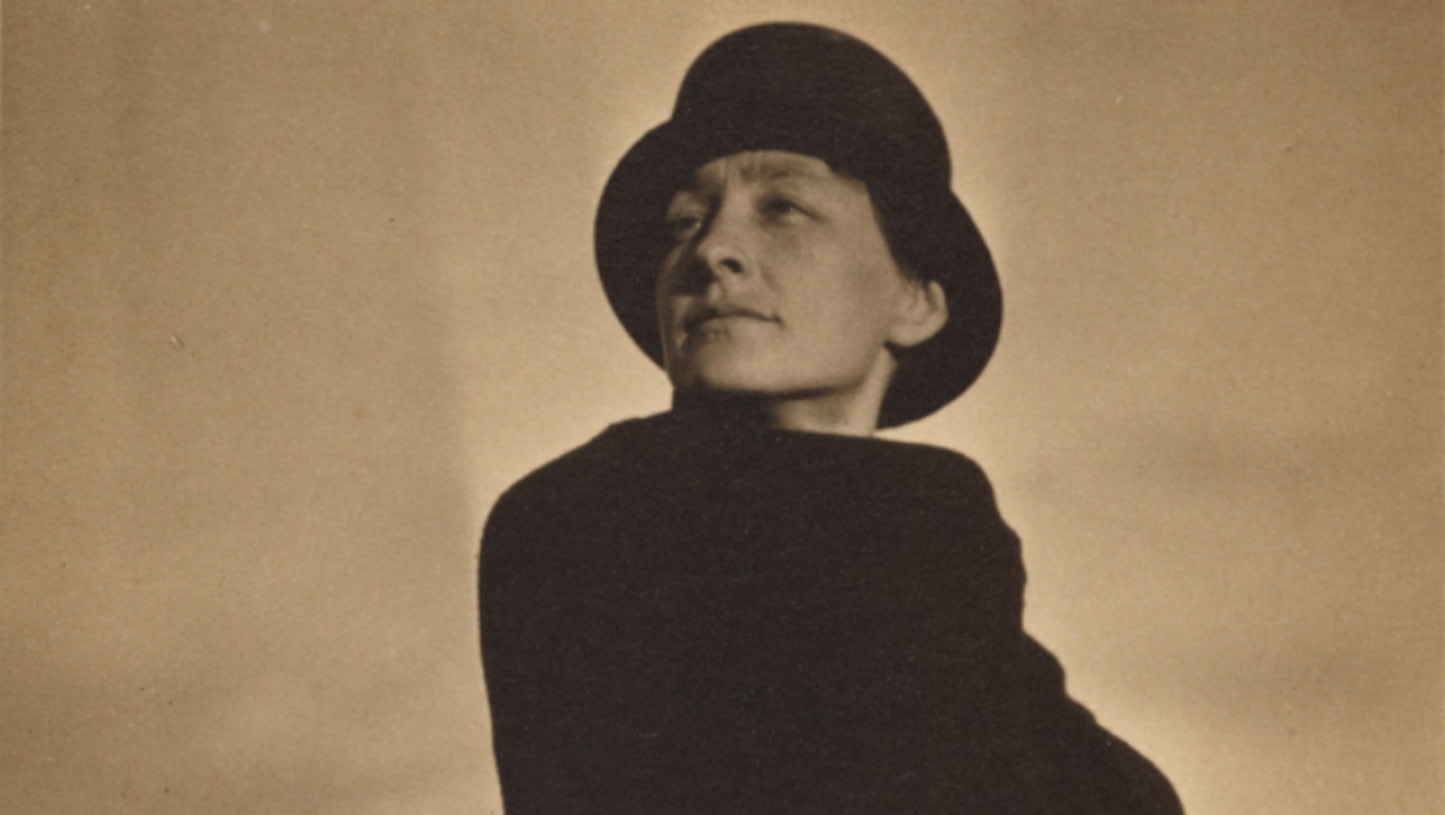Georgia O’Keeffe, photographed by Alfred Stieglitz, ca. 1920–1922. Courtesy of the Getty Research Institute, Open Content Program.
The Woman Who Painted Flowers Like Monuments
Bigger Than Expected
Georgia O’Keeffe painted flowers, but not the way women were supposed to paint them. In the 1920s and 30s, the art world expected female artists to create pretty, small-scale works about domestic subjects. O’Keeffe painted flowers so large they filled entire canvases, with a bold sensuality that made people uncomfortable.
When critics insisted her work was sexual symbolism, she refused to explain or defend it. When they dismissed her subjects as “feminine,” she painted them even larger.
But O’Keeffe’s real rebellion went deeper than subject matter. While the art establishment obsessed over European modernism and urban scenes, she painted the American Southwest in massive, close-up abstractions. She took cow skulls, desert landscapes, and architectural details and gave them the monumental scale typically reserved for “important” subjects like battles and kings.
“I found I could say things with color and shapes that I couldn’t say any other way,” she said. “Things I had no words for.”
Trusting Her Own Vision
O’Keeffe trusted her own vision when no one else did. She painted what moved her, the way it moved her, at the scale that felt right to her. She refused to make her canvases smaller or her subjects more “appropriate” to fit others’ expectations.
That creative stubbornness changed American art. O’Keeffe proved that intimate, personal subjects could have the same power as grand historical themes. She showed that an artist’s authentic response to their environment could create something entirely new, even when working with familiar subjects.
Her legacy isn’t just beautiful paintings. It’s the expanded understanding that any subject can be worthy of serious artistic attention if the artist brings genuine vision to it. She demonstrated that the path to universal resonance runs through specific, personal truth.
The Permission She Gave Others
This is what creative freedom looks like in practice: an artist trusting their own experience enough to present it without apology or explanation. O’Keeffe painted her world the way she saw it, and in doing so, gave others permission to trust their own vision too.
Every artist who refuses to shrink their work to fit expectations, who insists on their own scale and their own subjects, who trusts that their authentic response to the world might interest others, is following O’Keeffe’s example.
Creative freedom isn’t about doing whatever you want. It’s about doing what feels true, even when that truth makes others uncomfortable.
Randall White
Abbetuck
Read the complete Creative Freedom series:
- When Jazz Found Its Voice in a Funky Dance Hall
- The Revolutionary Who Painted Himself Back into a Corner
- The Poet Who Wrote in Blues and Called It Literature
- One Small Act of Creative Courage You Can Take Today

Georgia O’Keeffe
Ranchos Church, New Mexico, 1930–1931 (Detail). Precisionist landscape. © Georgia O’Keeffe. Fair use.




No responses yet